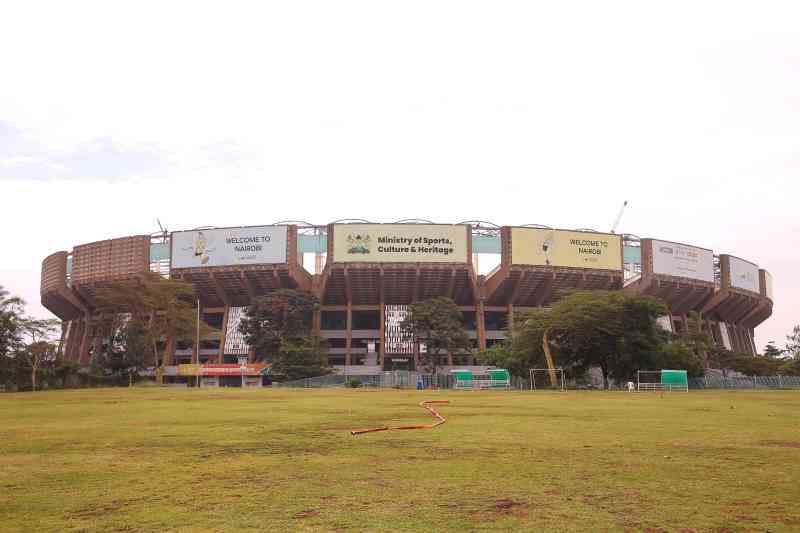Wellness real estate market forecast to double to US$1.1 trillion by 2029
A report from the Global Wellness Institute identifies five big shifts within the wellness real estate market
The GWI predicts 15.2 per cent annual growth for the sector across the next five years
The US accounts for 41 per cent of the wellness real estate market
The GWI has also identified a number of unmet wellness real estate needs that developers could take on
Job opportunities
University of Warwick
£26,338 - £29,959pa + pension + benefits
location: University of Warwick, Warwickshire, United Kingdom
The Global Wellness Institute (GWI) says the wellness real estate market reached US$584 billion (€507 billion, £434 billion) in 2024 and the institute estimates it will double to US$1.1 trillion (€955 billion, £817 billion) by 2029.
The report Build well to live well: the future reveals that wellness real estate was the fastest growing market in the 11-sector US$6.3 trillion (€5 trillion, £4.7 trillion) global wellness economy – doubling from US$225 billion (€195 billion, £167 billion) in 2019 to US$548 billion (€475 billion, £407 billion) in 2024.
This is the first time the GWI has updated its research into the wellness real estate market since its original report in 2018.
With an annual growth rate of 19.5 per cent, wellness real estate has outpaced overall global construction growth, which was at 5.5 per cent.
Regional markets with the fastest annual growth rate from 2019 to 2024 are Latin America–Caribbean at 24 per cent, Middle East–North Africa at 22.6 per cent, and Europe at 22.4 per cent.
The GWI projects 15.2 per cent annual growth over the next five years, with the market reaching US$1.1 trillion by 2029. Wellness real estate now represents about 3.3 per cent of global annual construction output, the GWI estimates.
Big market shifts
• Wellness has moved into new real estate classes – residential and hospitality real estate has dominated the market but more wellness developments have taken place in commercial, workplace, senior living, healthcare, student housing and industrial spaces.
• Physical to multidimensional wellness – tackling mental, social and civic wellbeing has become a key driver for projects seeking to offer a more holistic concept of wellness.
• From luxury to affordable – the residential market is embracing more affordable co-living housing, public property, built-to-rent models and more.
• Portfolio wellness – masterplanned wellness communities are coming to the fore, with large developers looking for large scale opportunities.
• Planet and human health – Green building certifications have expanded, requiring developers to meet both environmental sustainability targets and provide people with healthy spaces.
National market growth
The US accounts for 41 per cent of the wellness real estate market.
Together, the US, Canada, China, Australia, Japan, UK, France and Germany make up 85 per cent. The national annual growth leaders from 2019 to 2024 are the UK (29 per cent), the Netherlands (27.9 per cent), Singapore (27.5 per cent), France (24.5 per cent), Italy (22.9 per cent) and Vietnam (22.6 per cent).
Unmet wellness real estate needs
GWI has also identified opportunities for wellness real estate developers.
• Climate-adaptive building – the rise of extreme weather due to climate change requires new solutions and energy-independent housing.
• Health homes for the non-rich – while the luxury market flourishes, there’s a housing supply gap and desire for affordable healthy homes.
• Co-living models – GWI says a shift to single occupancy living and rising housing costs is driving the need for more wellness-focused co-living housing models.
• Creative sensory environments grounded in neuroarchitecture and the arts – GWI predicts designers and architects will use emerging research in sensory environments and neuroscience to integrate soundscapes, digital art and multi-sensory installations into new developments.
• Wellness-centric urban regeneration – Cities are revitalising their public spaces, with more green spaces, redeveloped waterfronts and other updated offerings.
You can access the report to read more in-depth analysis here.
Sign up for FREE ezines, news alerts & magazines











